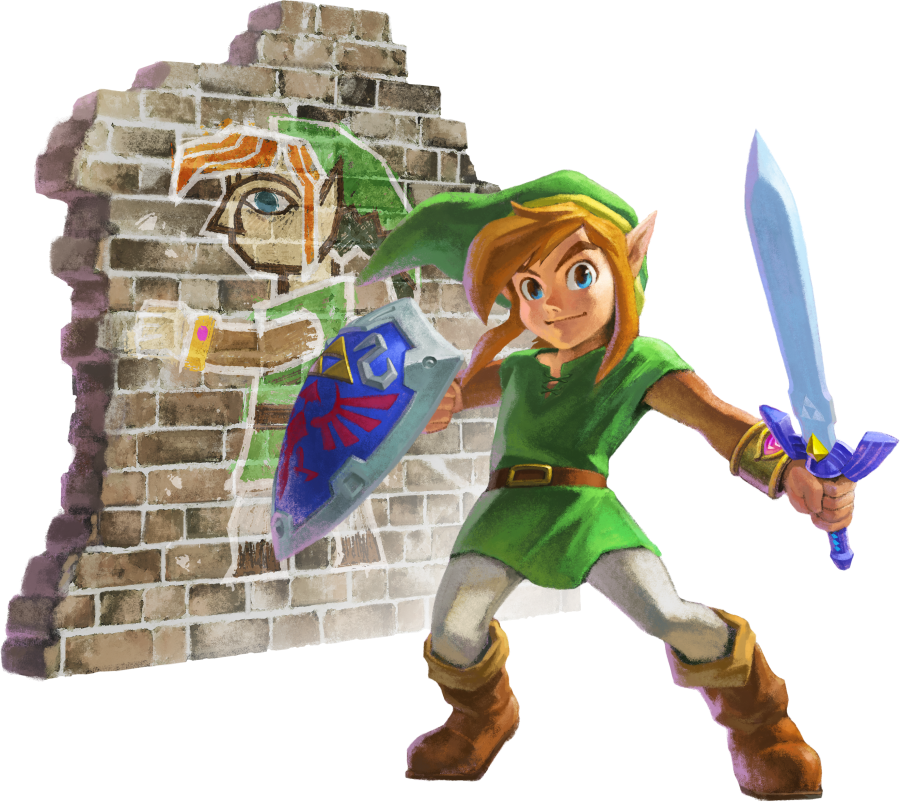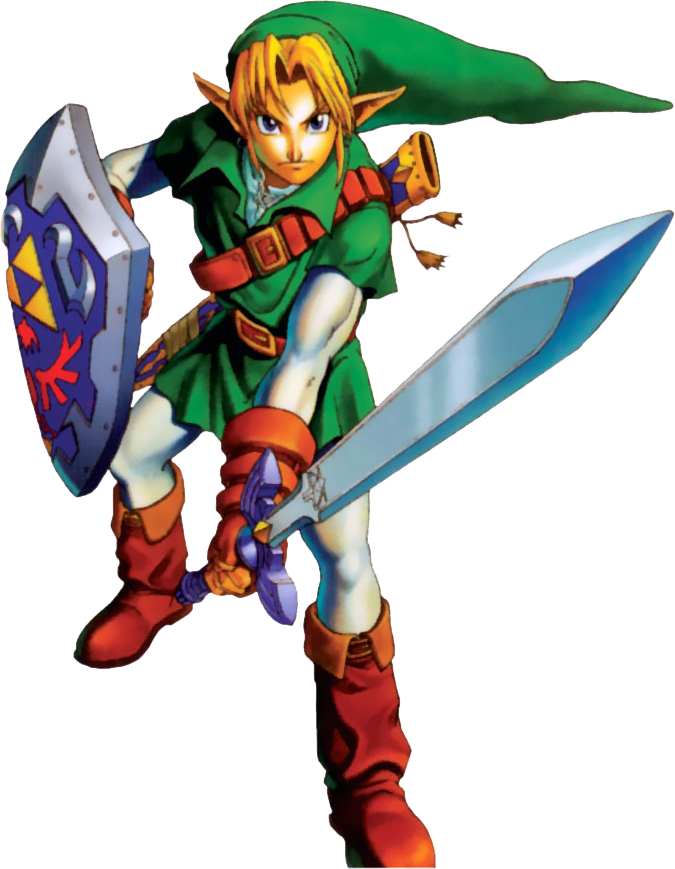

Another appreciated carryover is the ability to swing your sword as quickly as you want, which offered a feeling of empowerment also present in A Link Between Worlds. This feeling fades after a while and I quickly sunk back into the retro mindset while replaying the game, but the improvement is tangible. It’s hard to point to another game that moves and feels as fluid as this does, in fact, revisiting a Link to the Past is a little frustrating at first as the difference in control is made obvious. The final result has A Link Between Worlds controlling much better, and between movement and combat, feeling incredibly smooth overall. A Link to the Past used a control pad, meaning Link could only move eight directions back then. A Link Between Worlds has complete analogue control, and offers quick, circular movement. Moving on, something only evident after playing the two back to back: control and game feel. That would actually be the best world I could use to describe the game’s soundtrack: surprising. The game also reaches elsewhere, grabbing unexpected songs in the series’ past and often presenting them in surprising ways. A Link Between Worlds too has an outright stellar soundtrack, one that borrows heavily from a Link to the Past. The music in A Link to the Past is iconic, and similarly to the graphics, still holds up in today’s climate, now more than ever given the internet’s affinity for chiptunes.

Regrettably, Link’s hair is no longer pink in the new installment, which is a total shame.Īlso worth mentioning is the music, since Zelda music is hailed as some of the best in videogames after all. In fact, A Link Between Worlds’ look allows it to display more complexity, which means some areas – especially the dungeons – look more distinct from each other than in A Link to the Past. While not pushing boundaries, the game has a cute look that grows on the player, and is just as colorful and vibrant as the original.
A link between worlds zelda design differences full#
A Link Between Worlds on the other hand, goes the rout of the polygon, and opts to display its world with full 3D graphics. Color choice is vibrant, and the contrast between the light and dark world is pronounced, still a good-looking title by all accounts. A Link to the Past showcases 16-bit pixel art that still holds up today, an inherent blessing of the art style. In comparing the games, the most obvious difference is the graphical style. Surprisingly, the decision gave birth to the most engaging Zelda game to come out in nearly a decade, one that may even surpass its source material. It was an odd choice, housing some of the series’ most progressive gameplay ideas in the shell of a 22 year old game. This is the new game’s main deceit, because while that’s true, it’s essential to play the game to see the full breadth of changes that took place under the hood.

How’d they do? Well, by simply looking at A Link Between Worlds, the fix seems like more of a regression than a step forward: the game takes place in the exact same world as A Link to the Past, containing the same overworld, combat, and dungeon locations. Nintendo, in consideration of the grievances, resolved to solve them in the form of their most recent Zelda game, A Link Between Worlds. Skip forward to 2011, the year Zelda: Skyward Sword was released, which had fans bemoaning these now stale traditions. From this game on, every subsequent Zelda would strictly follow this formula. Though evoking a similar feeling, A Link to The Past differs from the original most notably in the way it handled progression: while the first game offered the player a large world and nine dungeons that could be tackled in nearly any order, A Link to the Past took a more structured approach that ensured most dungeons were completed in a predetermined order. The Legend of Zelda: A Link to The Past, released on the Super NES back in 1992, was the third entry in the Zelda series, and reverted back to the top-down view of the original NES game after the wild departure that was Zelda II. So gather ‘round the fireplace kids, and let’s take a look at one of the most influential gaming franchises of all time. Given the deep similarities between the recent Legend of Zelda: A Link Between Worlds, and the timeless Legend of Zelda: A Link to the Past, a formal comparison between the two seems as good a champagne as any to pop for this bittersweet goodbye. What’s one thing that gamers like to dogmatically protect, wearing nostalgia-stained glasses? A classic videogame series! What month is it here at The Vault? Nostalgia month! What better way to send off this memory-fueled month than by celebrating one of the most cherished entries in a classic videogame series.


 0 kommentar(er)
0 kommentar(er)
